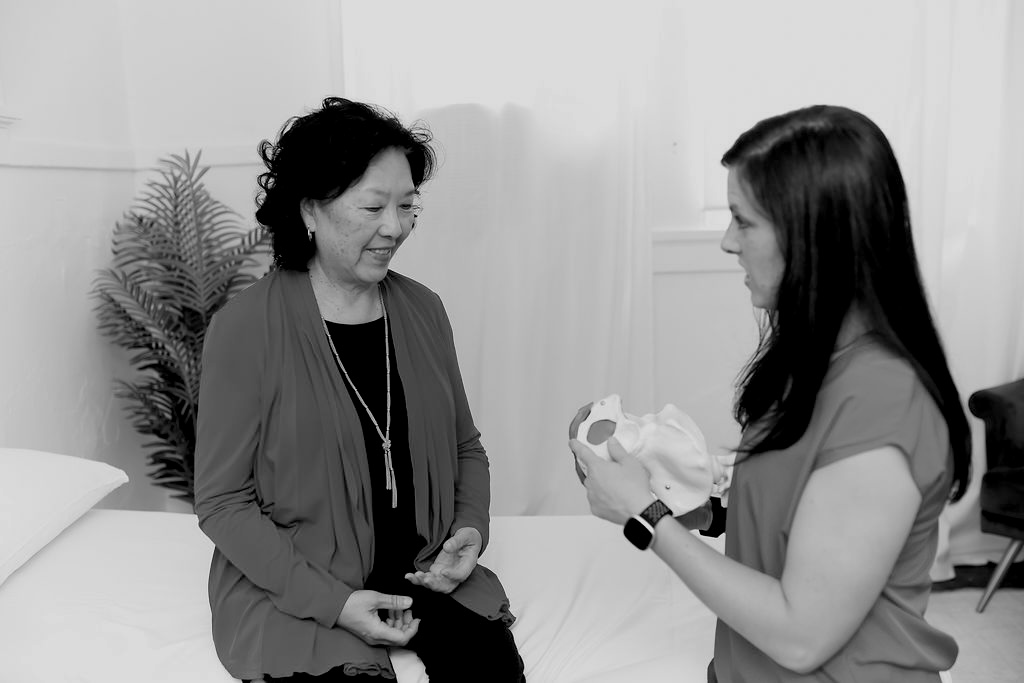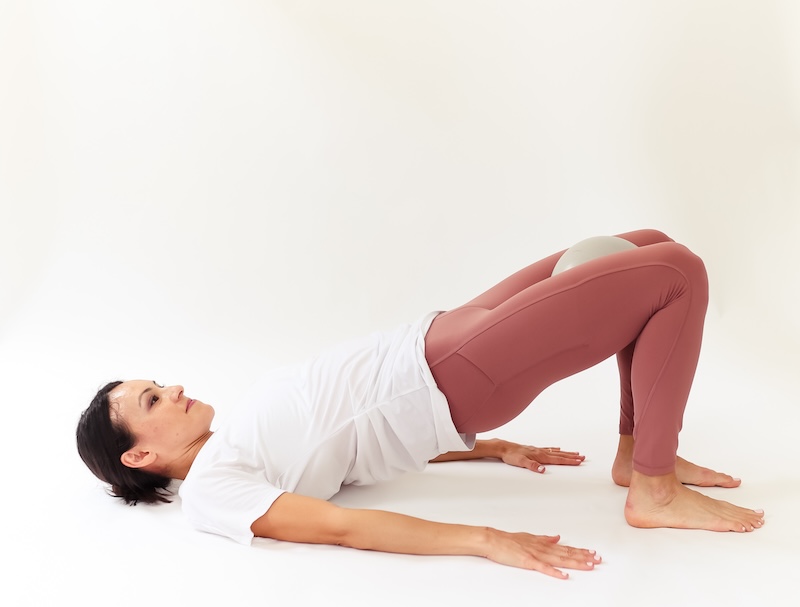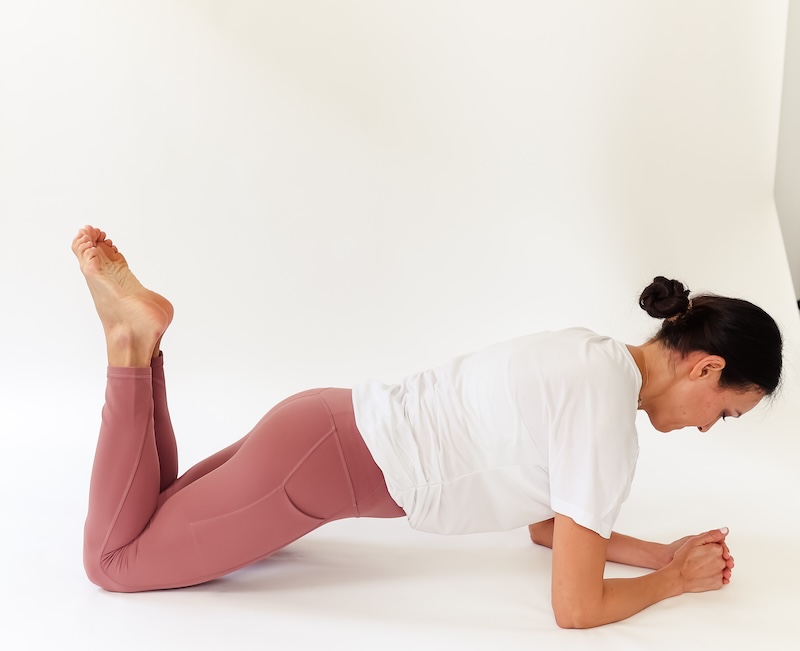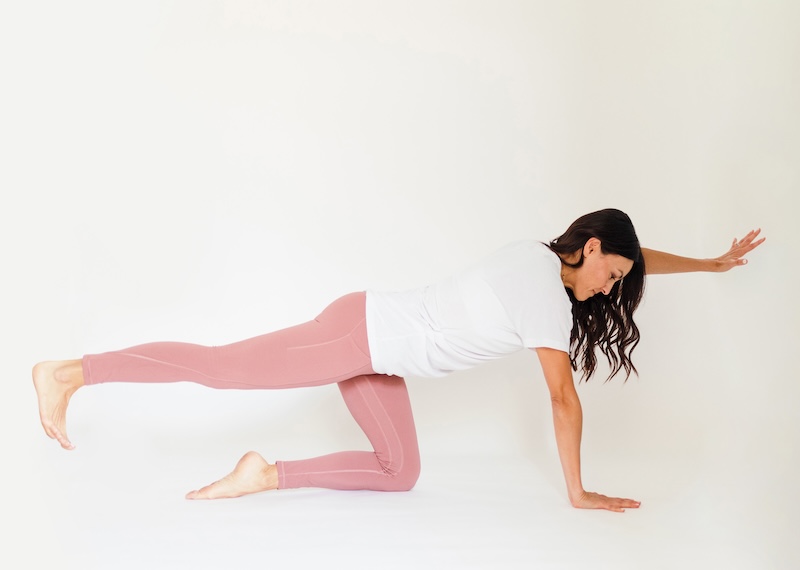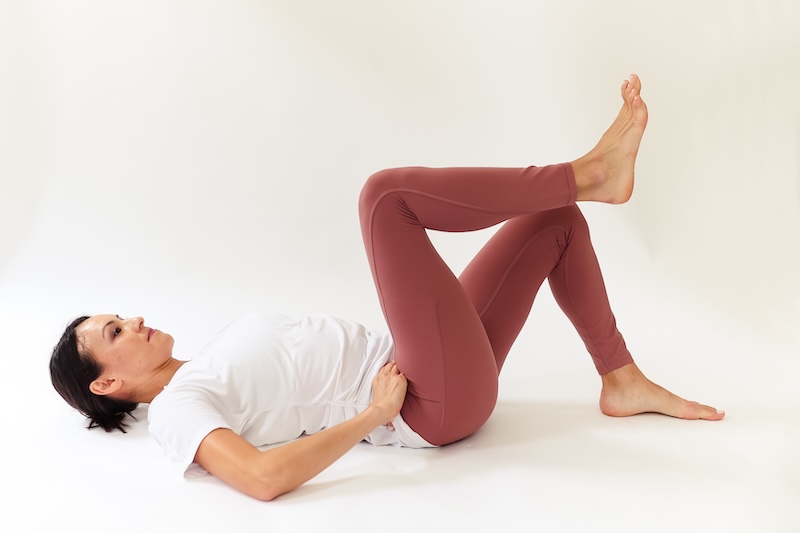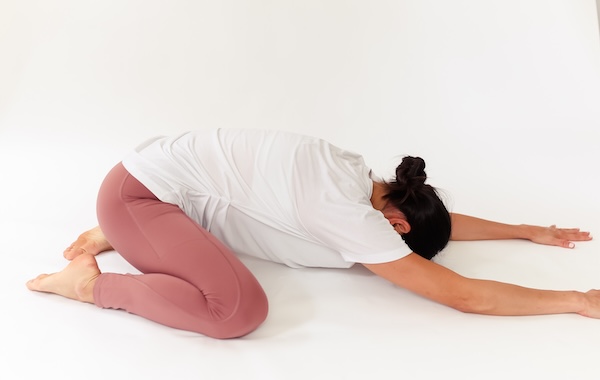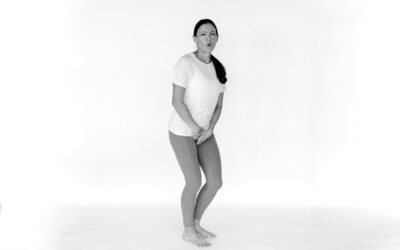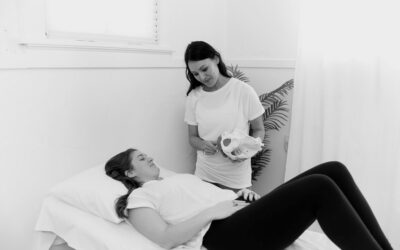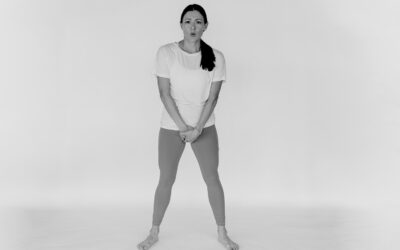If you’ve ever had ovaries, someone at some point has likely warned you about the unpleasant symptoms accompanying perimenopause and menopause. Sure, people “joke” about things like hot flashes and weight gain. But the truth is many folks are surprised by “weird” perimenopause symptoms: hair loss, memory challenges, dry eyes, itchy skin, and even electric shock sensations.
We all know how awkward it can feel to waltz into a physician’s office and announce, “I have weird perimenopause symptoms.” To eliminate some of that awk, let’s arm you with some knowledge!
How to Know If You’re In Perimenopause
Perimenopause is the slow transition toward menopause, when our ovaries stop releasing eggs, our hormone levels tank, and we can no longer reproduce. This phase can start anywhere from your mid-30s to mid-50s and can last for upwards of 10 years.
Symptoms of perimenopause range widely, but they most often include a combination of:
- Irregular and unpredictable menstrual cycles
- Hot flashes, night sweats, and heavy sweating caused by blood vessel constriction
- Vaginal dryness, painful sex, and decreased libido
- Trouble concentrating
- Achy joints and muscles
- Sleep challenges
- Mood swings
- Panic attacks
- Heart palpitations
- Brain fog
(Sounds greeeaaaatttt, doesn’t it?)
Menopause marks the official end of our reproductive cycle. You’ll know you’ve hit menopause when you haven’t had a period for 12 consecutive months. This transition usually happens between the ages of 45 and 55, and even more new symptoms can occur afterwards, like:
- Urinary incontinence
- Hair loss
- Weight gain
- Electric shock sensations or tingling throughout the body
When Levels of Estrogen Go Down, Weird Perimenopause Symptoms Go Up
During perimenopause, our body begins to slow the production of estrogen and other hormones. While decreasing hormone levels work wonders to close out our reproductive years, they also do some other less-than-stellar things to the rest of our bodies.
For example, estrogen is a major player in maintaining blood flow and lubrication to our muscles and tissues. Without this delicate hormone balance, we experience symptoms from the typical to downright strange.
That rubber-band, electrical zap sensation, for instance? Your skin and other tissues are adjusting to a lack of estrogen-fueled elasticity and lubrication! Weird, right?
Other hormonal changes are happening, too. Decreases in testosterone and progesterone also contribute to your perimenopausal symptoms like decreased libido, mood swings, and weight gain.
The Pelvic Floor and Weird Perimenopause Symptoms
Perimenopause causes changes from head to down there—from hair loss to painful sex. The pelvic floor relies heavily on estrogen to do its thing. So when estrogen production decreases, people can experience thinning of the vulvar and vaginal tissues, vaginal dryness, burning sensations, bleeding or spotting during intercourse, and other pelvic floor dysfunction.
Pelvic Pain
General pelvic pain is a symptom of perimenopause. Some people describe it as a stinging or burning sensation, particularly surrounding their vaginal opening, while others may feel like they have a chronic urinary tract or yeast infection. As you can imagine, this makes sex a lot less sexy.
Between generally decreased libido and a whole host of bodily changes, sex goes way far down the to-do list. And when you actually decide to hop in the sack, it may hurt.
Urinary Incontinence
Estrogen and testosterone keep the pelvic floor muscles and ligaments strong. Major decreases in these hormones–like during perimenopause–cause the pelvic floor to get weak, and it can no longer support healthy bladder function. That often leads to urinary incontinence, ranging from a quick leak when we cough or sneeze to fully peeing our pants if we can’t get to the bathroom the exact moment we realize we need to go.
Decreased estrogen can also weaken the bladder walls and increase irritation in the genitourinary system. This leads to more frequent urinary tract infections (UTIs).
Urinary incontinence or urgency paired with decreasing reproductive hormones might actually be a symptom of genitourinary syndrome of menopause (GSM). This diagnosis encompasses the various genital, sexual, and urinary symptoms that often accompany menopause.
Constipation
Constipation is another unexpected side effect of hormonal fluctuations occurring in perimenopause. Fluctuating amounts of estrogen and progesterone change digestive function, slows down the colon, and dries out your poop. This causes folks to strain during bowel movements to fully empty. Coupled with perimenopause-related pelvic floor weakness, this is a not-so-winning constipation combination.
Pelvic Organ Prolapse
Pelvic organ prolapse (POP) occurs when connective tissue that normally holds the pelvic organs in place weakens or stretches over time. For example, uterine prolapse is a condition in which the uterus descends into the vaginal canal.
Symptoms of POP may include:
- Vaginal pressure or bulging
- Feeling that your insides are falling out of your vagina
- Low back pain that is worse as the day goes on
- Pelvic heaviness that is worse at the end of the day
- Difficulty emptying when peeing or pooping
- A need to re-position during poops
- Urinary leakage or incomplete emptying
Hormonal changes in perimenopause and menopause are one of the leading causes of POPs. By tackling your perimenopause symptoms, you may be able to improve an existing pelvic organ prolapse or decrease your risk of one occurring.
My Top Perimenopause-Approved Products
Perimenopause Products for the Bedroom
- Moisturize with a natural, hormone free option like coconut oil, vitamin E oil, or all-natural balms to help with dryness. You can use these all-natural moisturizers inside your labia, at your vaginal opening, and inside the vaginal canal. Use nightly (or as often as you like) to help soothe sensitive tissues.
- A water-soluble lubricant can be great for intercourse (slippery stuff is one of my faves).
Perimenopause Products for the Bathroom
- Pessaries can help with bladder function. These devices go inside the vaginal canal to provide support for pelvic muscles and tissues. With that extra support, your bladder can focus on what it does best! I like Poise Impressa or Revive support.
- Proper positioning is key for successful pooping. Leaning forward with your knees up helps to align your internal organs to have the best experience possible. That’s why I love the Squatty Potty. This small stool is clinically proven to reduce straining during bowel movements, which can alleviate pressure from your pelvic floor.
- Magnesium keeps things moving in your bowels, which helps prevent constipation, straining, and pelvic floor pressure. I love this magnesium supplement from Natural Vitality.
Perimenopause Products for Practicing Kegels
Kegels–mindfully contracting and relaxing your pelvic muscles–are foundational exercises that can help to improve pelvic floor strength. But they’re difficult to get right on your own. Using a kegel training system can help!
The Intimate Rose system is BPA-free, medical grade, and doesn’t have openings or grooves that collect bacteria. Or, if you’re more tech-oriented, try the Elvie app-controlled kegel trainer.
Perimenopause Products for Whole-Body Health
Focusing on whole-body health can help to stabilize your hormones through perimenopause and beyond. Eating whole, unprocessed foods, sleeping well, moving your body, and decreasing stress can all help to even things out.
Hormone replacement therapy (HRT) is another common treatment option for perimenopause-related pelvic floor dysfunction. From topical creams to suppositories, your medical provider can walk you through hormone supplementation!
If you’re looking for more pelvic floor products, you can find all my favorites here.
Pelvic Floor and Core Exercises for Perimenopause
Strengthening your pelvic floor can help with perimenopause-related symptoms. Try these to get you started.
#1 Bridges with Ball Squeeze
- Lie on your back with your knees bent and feet flat on the floor.
- Place an exercise ball between your knees and inhale.
- Engage your pelvic floor with a Kegel contraction, then engage your core muscles and pull your belly button in toward your spine.
- Push your hips off the floor, aligning them with your knees and shoulders.
- Hold for 3 breaths, squeezing the ball between your legs.
- Repeat 5 times.
#2 Modified Plank
- Rest on your forearms, with knees on the ground in the modified plank position.
- Hold for 10 seconds, then take a break.
#3 Bird Dogs
- In hands and knees position, point one arm out straight in front of you and extend the opposite leg behind you, keeping hips squared.
- Hold for 5 seconds, then switch sides.
#4 Knee to Chest
- Lie on your back with your feet flat on the ground, knees bent.
- Inhale deeply and, as you exhale, bring one of your knees up towards your chest.
- Wrap your hands around the back of the thigh to pull your knee in closer and hold the position for 15 to 20 seconds.
#5 Child’s Pose
- Start by kneeling on the floor with your knees hip-width apart.
- Keep your big toes touching each other and sit back onto your heels.
- Then, bring your chest towards the floor and rest your forehead on the ground.
- Reach forward with your hands and spread your palms out flat onto the floor in front of you.
- Hold this position for 30 seconds to a minute before slowly coming back up into kneeling position.
At-Home Pelvic Floor Exercises for Weird Perimenopause Symptoms
Strengthening your pelvic floor is key to maintaining whole-body health through perimenopause and menopause. And you don’t have to do it alone!
Inside my V-Hive Membership, you can access at-home workouts designed by a pelvic floor specialist. For most “weird” perimenopause symptoms, I recommend the Strengthening Program—a 12-week series that can help you prevent or overcome the most common pelvic floor programs. All it takes is three, 10-minute workouts a week!
If you’re a pelvic floor pro, you can also check out the Advanced Strengthening Program. This six-week series will help you power up your pelvic floor with higher-intensity workouts for long-lasting results.
As a V-Hive member, you get access to eight complete pelvic floor workout programs, monthly Q&A sessions, and discounts on one-on-one virtual consultations with a pelvic floor physical therapist. You can become a member for less than $1/day! Start your 7-day free trial today.
This post contains product affiliate links. We may receive a commission if you make a purchase after clicking on one of these links.

